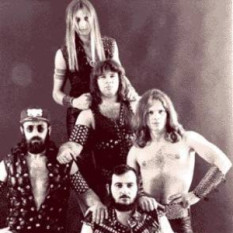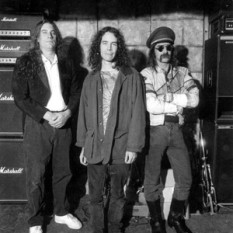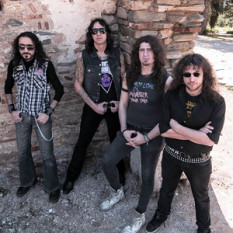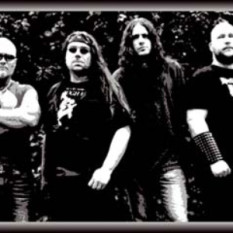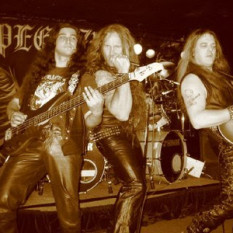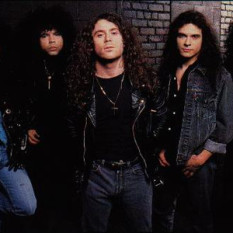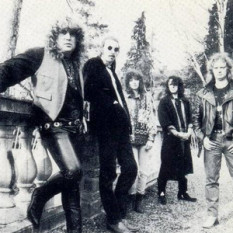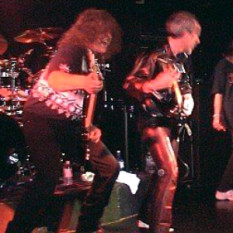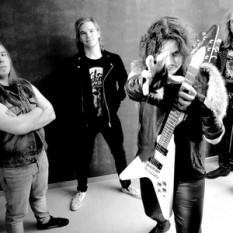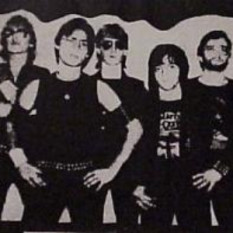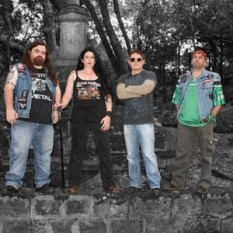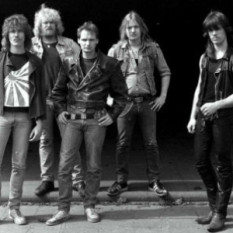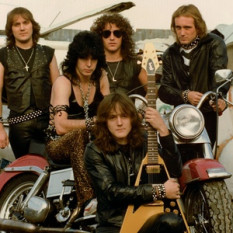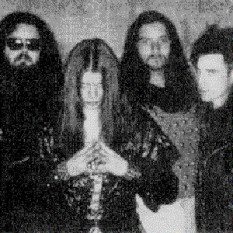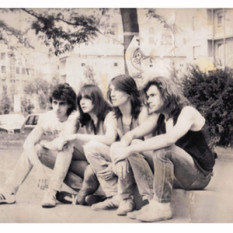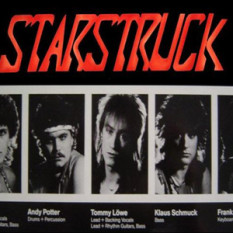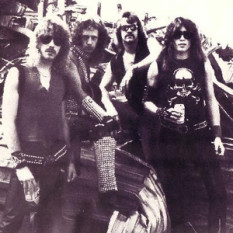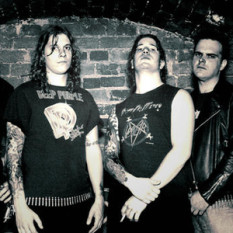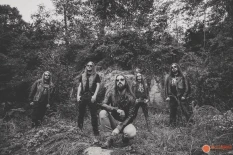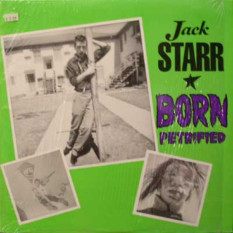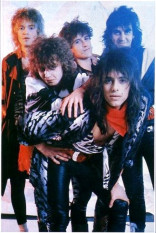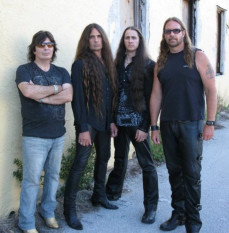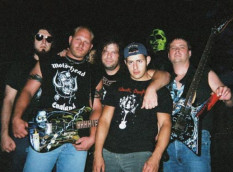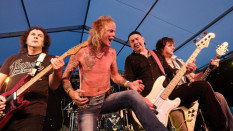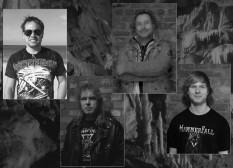Traditional heavy metal, also known as classic metal, trad. metal or often simply heavy metal, is the seminal subgenre of heavy metal music before the genre evolved and splintered into many different styles and subgenres. Traditional Metal is considered a catch-all term, alongside extreme metal, pop metal and dark metal, each reflecting part of the collective worldwide metal movement.
Traditional heavy metal sound is in many cases similar to that of hard rock, and as previously mentioned some authors even consider as synonymous to hard rock. However, others such as Paul Dunoyer, in his encyclopedia of music, although recognizing many similarities between both genres, considers that heavy metal tends to depart from the original blues roots of hard-rock. A view also shared by Garry Sharpe Young. According to this view, original heavy metal is characterized by mid-to-fast-tempo riffs, by thumping basslines, crunchy riffs, extended lead guitar solos, and clean, often high-pitched vocals and anthemic choruses. One of the most important and innovative concepts of traditional heavy metal was the use of the double lead guitar pioneered by bands like Scorpions and Judas Priest. And although, this concept was sparingly used by earlier hard rock bands like Uriah Heep and UFO, it was wholly developed as a heavy metal element during the traditional heavy metal era. This concept of dual lead guitars would reach more profound heights during the late 1980s when other bands like Accept would also use it. Another musical concept that was developed was galloping rhythmic patterns which were extensively used in Iron Maiden songs, but also in certain Accept's songs ("Restless and Wild", "Metal Heart"),as well as Judas Priest ("Diamonds and Rust"), Dio ("Holy Diver") or Trust ("Varsovie/Uptown Martyrs"). .






